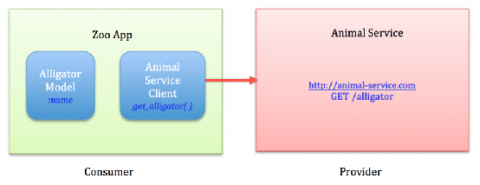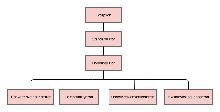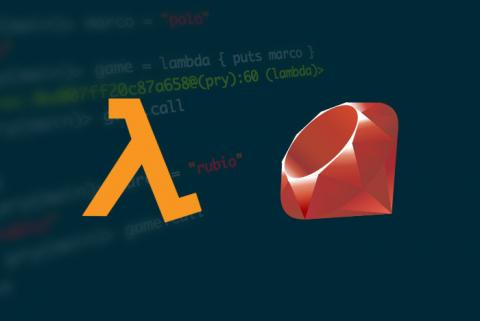AppSignal Ruby Gem 2.11: Active Job and Friends
We just released Ruby Gem 2.11. We are always making things easier to use for you, so more things work out of the box and more instrumentation and dashboarding is built without you doing any heavy lifting. This release has a big overhaul of Active Job support. The cherry on the stroopwafel cake is the automatically generated dashboard with status per queue, queue throughput and queue times. 2.11 also polishes a lot of other integrations. Let’s dive in.











